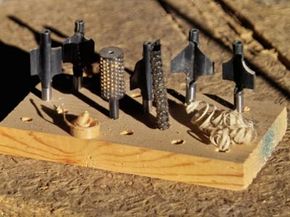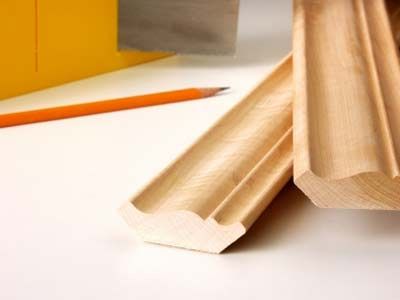Wood may be one of the easiest building materials to work with (as opposed to, say, plastic or metal), but it still leaves something to be desired. You can't shape it with your fingers and mold it into whatever shape you want. The only way to form a solid piece of wood into something else is through the art of addition and subtraction. You take away little pieces and add on other pieces until you get the shape you want. In the past, people accomplished this with chisels, hammers and planers. Luckily in the modern age we have routers, which we can use to shape wood in a relatively small amount of time.
No doubt, a router is a woodworker's best friend. It might just be the most versatile tool you can own -- but in a world without router bits, it would be nothing more than a spinning motor. If you've ever looked at the detail on the edge of a table or a paneled door and wondered how it was made, wonder no more. It was done with a router, and the specifics of the detail depend on the router bit you use.
Advertisement
There are a wide variety of different router bits out there, and they've all been shaped and perfected over the years to serve specific needs. There are router bits used to add detail, router bits used to make grooves and notches for joinery, and router bits for writing in wood. The list goes on and on.
The thing to keep in mind is that not all router bits are created equal. Not only are they made out of different materials, but their quality can differ greatly. At the end of the day you could own the best router on the market and be the most experienced woodworker in the world -- and still end up with sloppy results if you used a bad router bit.
Read on to learn about the basics of choosing a router bit. You'll learn about common types of router bits, shank diameters, drill speeds and what makes up a quality bit.


